In the vast expanse of literary history, some books have profoundly influenced our world but remain largely forgotten today. These works, though not as widely known, have shaped cultures, inspired movements, and laid the groundwork for modern thought. This article delves into some of these pivotal yet overlooked masterpieces, each of which has left an indelible mark on humanity’s intellectual and cultural landscape.
The Tale of Genji by Murasaki Shikibu
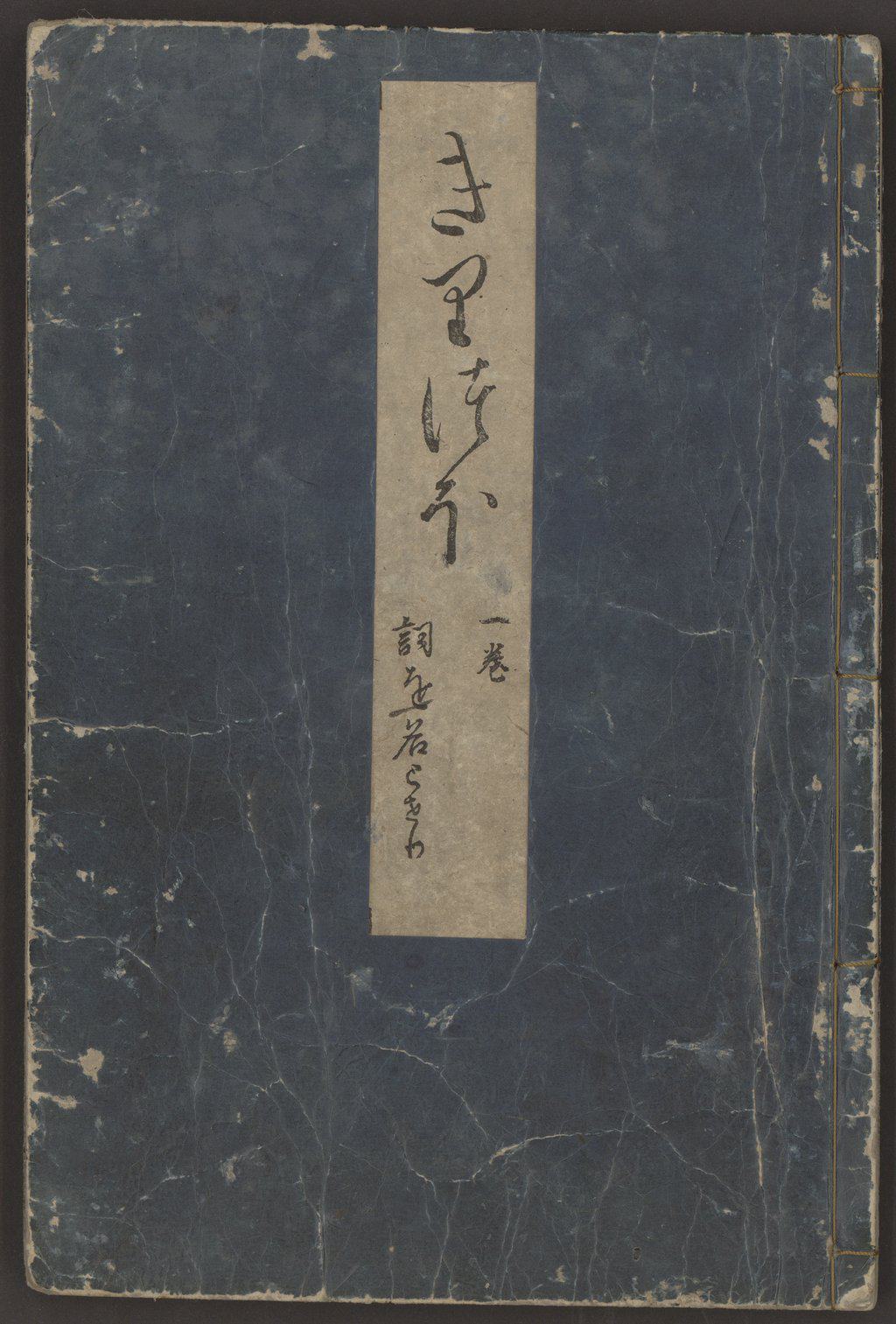
“The Tale of Genji” is a masterpiece of Japanese literature, written in the early 11th century by noblewoman Murasaki Shikibu. It’s often considered the world’s first novel. This epic tale chronicles the life and loves of Hikaru Genji, a nobleman during Japan’s Heian period. The book explores themes of love, power, and the fleeting nature of life through its rich, poetic narrative. Originating from the Heian court, this work offers a vivid portrayal of aristocratic life. It reflects the aesthetics and values of the time. Murasaki’s keen observations and delicate prose have provided invaluable insights into Japanese culture and society.
The Epic of Gilgamesh by Anonymous
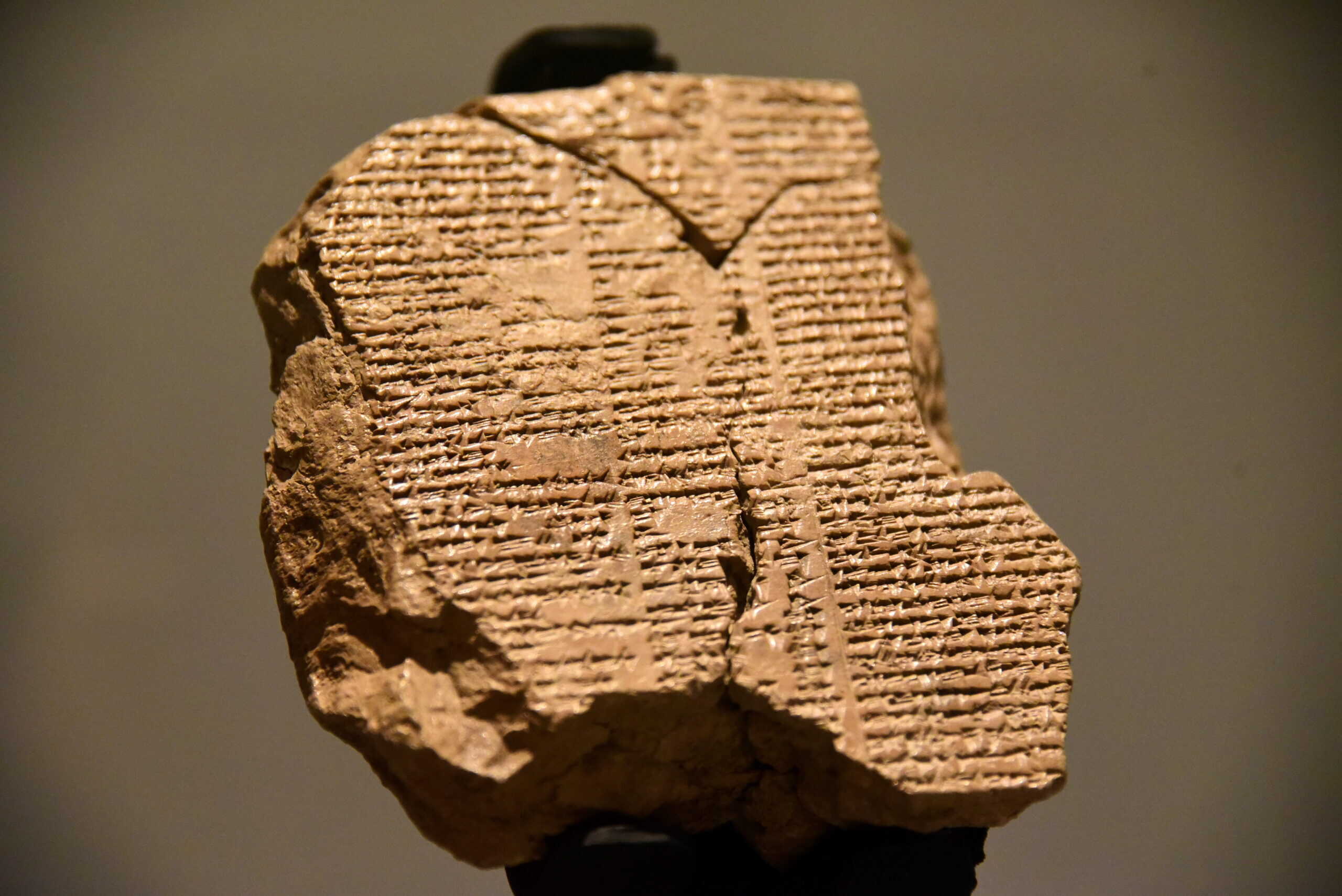
“The Epic of Gilgamesh” is one of the oldest known pieces of literature, dating back to ancient Mesopotamia around 2100 BCE. It tells the story of Gilgamesh, the king of Uruk, and his quest for immortality. The epic delves into themes of friendship, mortality, and the search for meaning in life. Discovered on clay tablets in the ruins of ancient cities, this epic poem provides a window into early human civilization. The tale’s exploration of universal human concerns makes it a foundational text in world literature. Its influence can be seen in many subsequent literary and religious works.
The Diamond Sutra by Anonymous
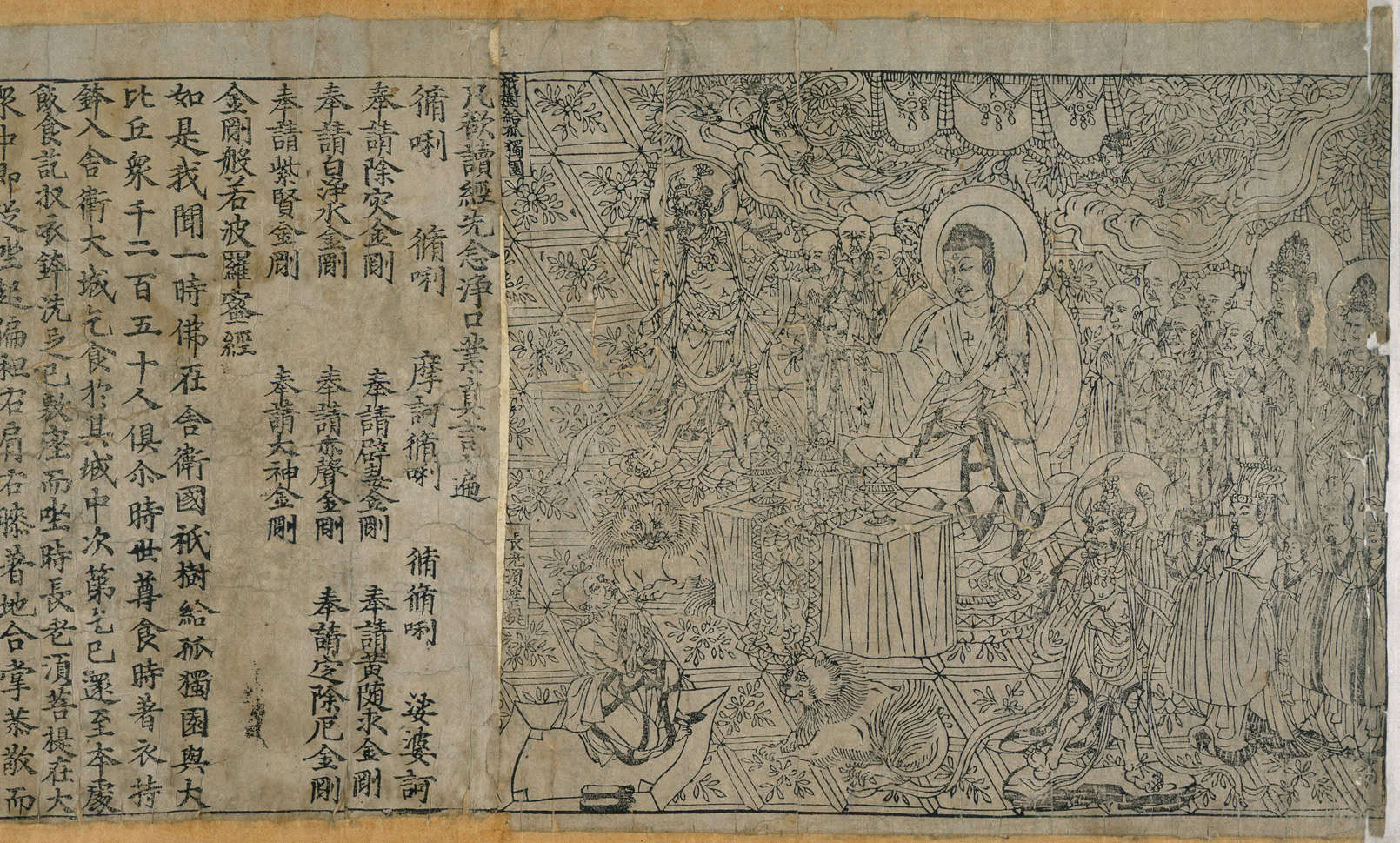
“The Diamond Sutra” is a key Mahayana Buddhist text that dates back to the 4th century CE. It’s known for its profound teachings on the nature of reality and the practice of non-attachment. This sutra is highly revered in the Buddhist tradition and has influenced countless practitioners and thinkers. Originating from ancient India, the text was widely circulated throughout Asia. Its philosophical depth and brevity have made it a cornerstone of Buddhist literature. The world’s oldest dated printed book is a Chinese copy of this sutra, underscoring its historical significance.
The Divine Comedy by Dante Alighieri
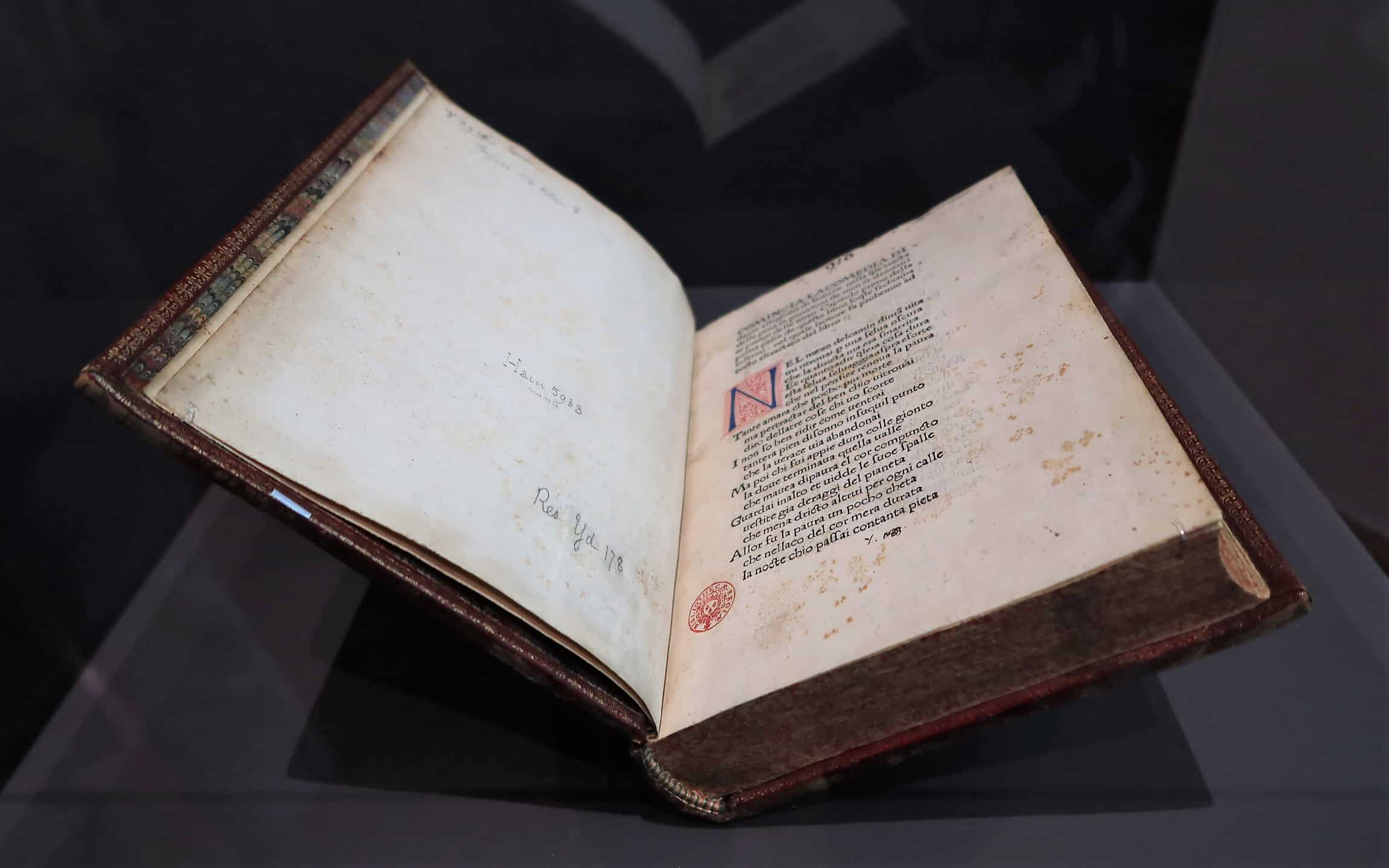
Dante Alighieri’s “The Divine Comedy,” written in the early 14th century, is an epic poem that describes the author’s journey through Hell, Purgatory, and Heaven. This work is a cornerstone of Italian literature and has deeply influenced Western thought and culture. It offers a vivid depiction of the medieval worldview and its moral philosophy. Composed in vernacular Italian, Dante’s epic made literature accessible to a broader audience. Its intricate structure and rich symbolism reflect the complexity of human life and spirituality. The work’s enduring popularity speaks to its profound impact on literature and theology.
The Book of Kells by Anonymous
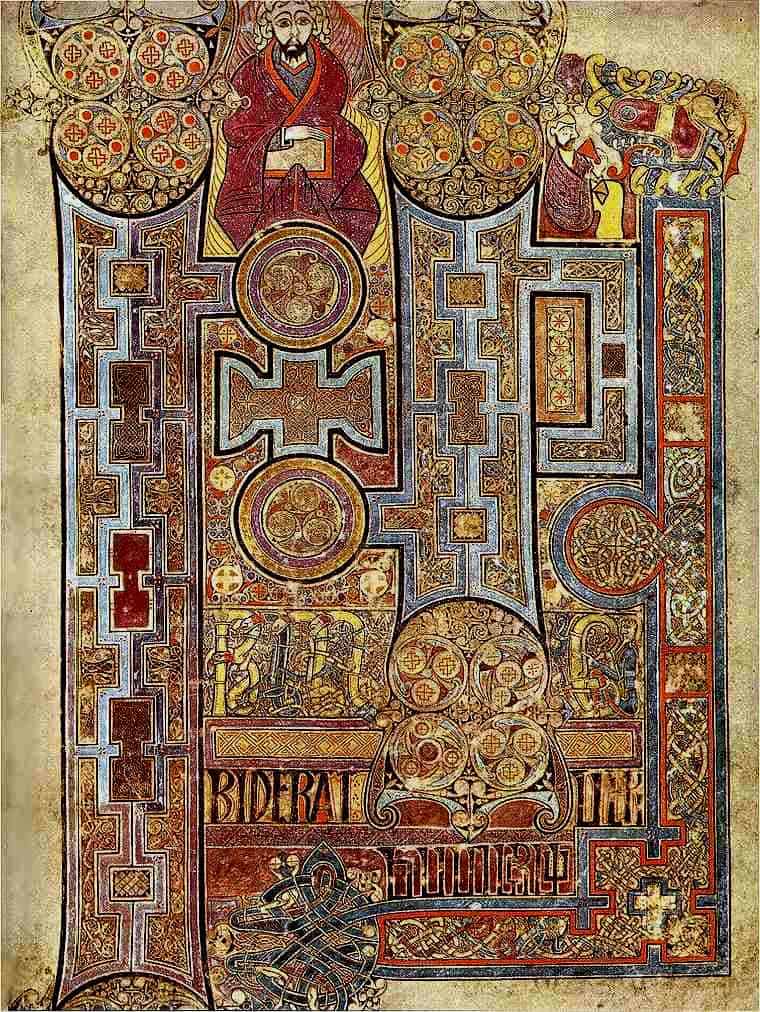
The “Book of Kells” is an illuminated manuscript Gospel book in Latin, created by Celtic monks around 800 CE. It’s renowned for its lavish decoration and intricate artistry. The book contains the four Gospels of the New Testament, along with various prefatory texts and tables. Originating from the monasteries of Ireland, this masterpiece is a testament to the skill and devotion of its creators. The vivid illustrations and ornate lettering exemplify the fusion of Christian iconography and Celtic art. It remains one of the most remarkable artifacts of medieval Europe.
The Canon of Medicine by Avicenna
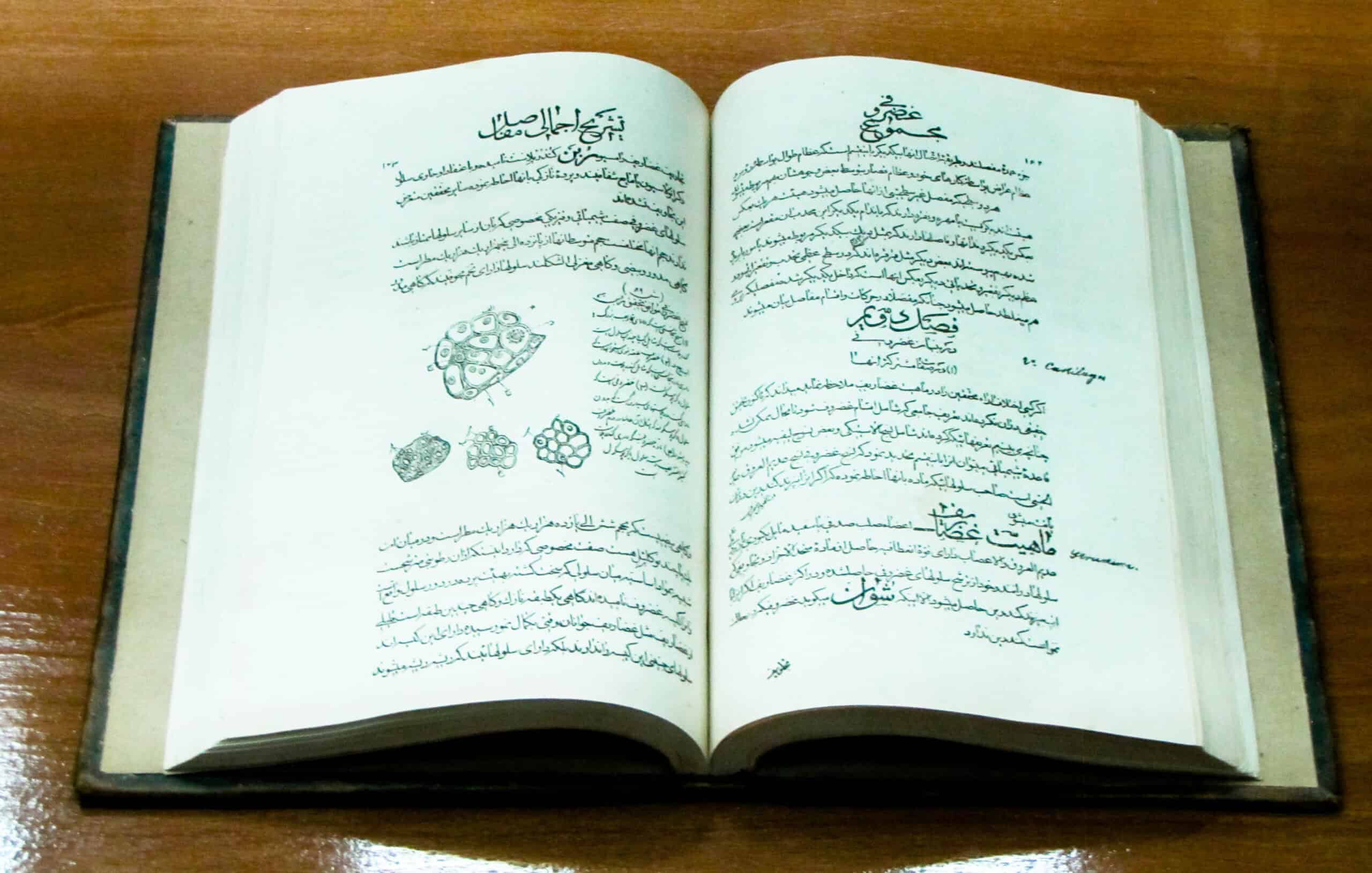
Avicenna’s “The Canon of Medicine,” completed in 1025, is one of the most influential works in the history of medicine. This comprehensive medical encyclopedia was used as a standard reference in both the Islamic world and Europe for centuries. It covers various aspects of medicine, from anatomy and pharmacology to diagnosis and treatment. Avicenna, a Persian polymath, synthesized knowledge from Greek, Roman, and Islamic sources into this seminal work. The Canon’s systematic approach and detailed observations revolutionized medical practice.
The Praise of Folly by Erasmus
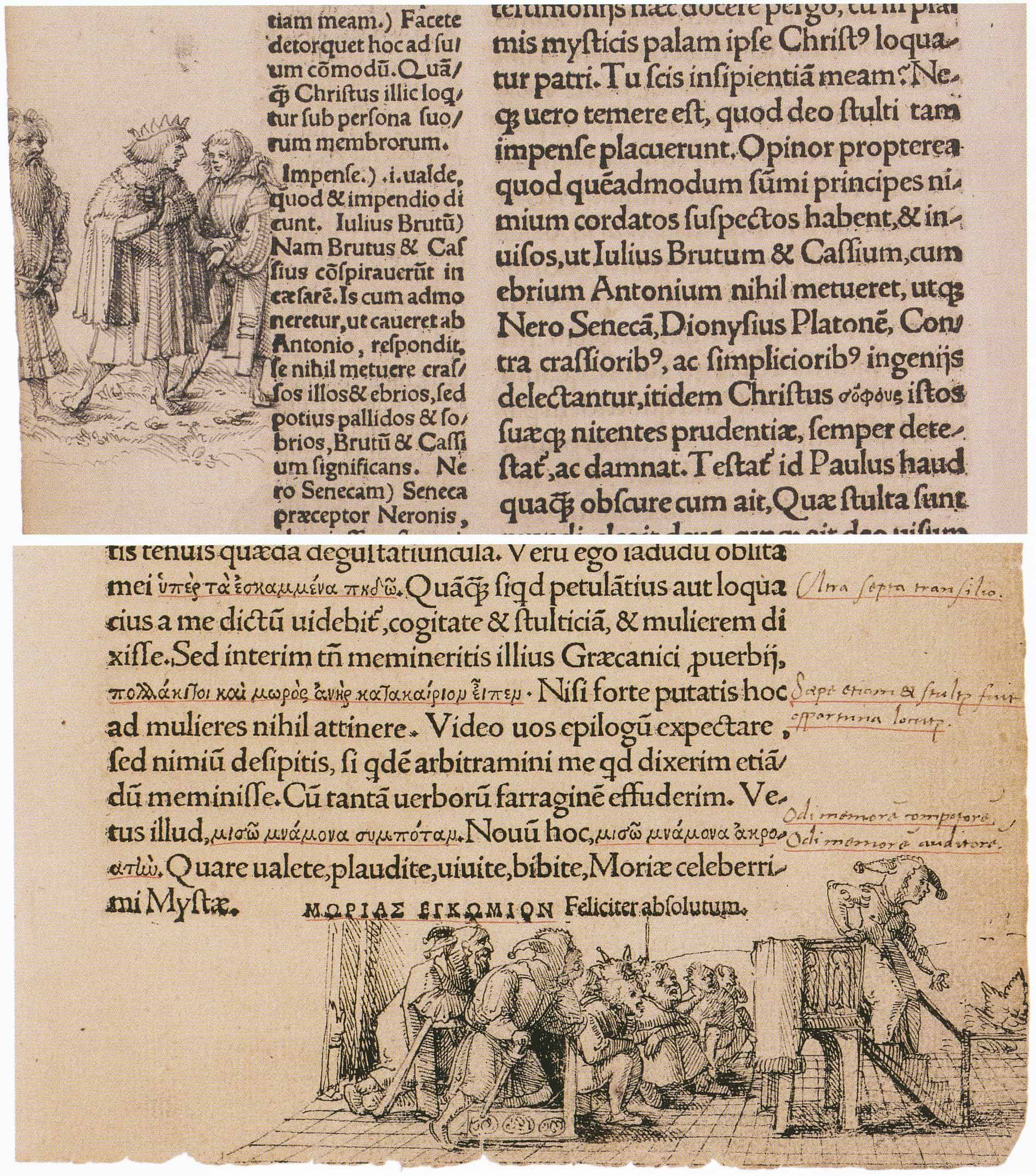
“The Praise of Folly,” written by Desiderius Erasmus in 1509, is a satirical critique of European society and the Church. Erasmus personifies Folly and uses her voice to mock the pretensions and corruption of his time. This work is considered a cornerstone of Renaissance humanism. Originating from the pen of a Dutch scholar, the book blends wit and wisdom to expose the follies of mankind. Its playful yet pointed critique reflects the intellectual and cultural ferment of the Renaissance.
The Book of the Courtier by Baldassare Castiglione
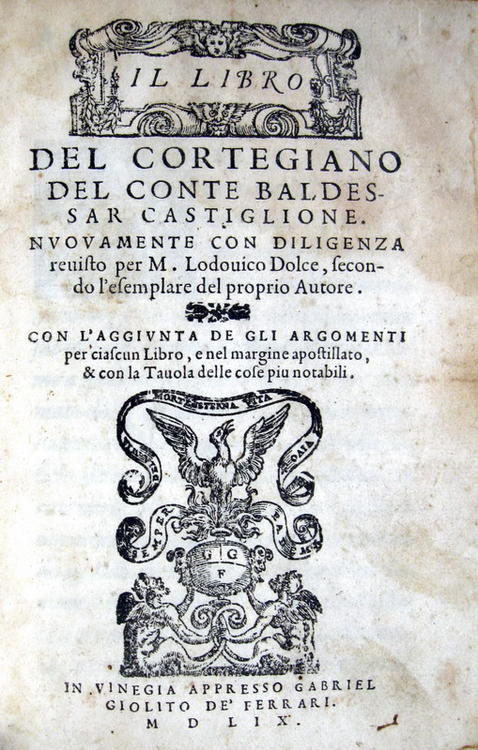
Written in the early 16th century, “The Book of the Courtier” is a profound dialogue exploring the ideal traits of a courtier. Baldassare Castiglione crafted this work based on his experiences at the court of Urbino. The book discusses etiquette, the arts, and the moral responsibilities of a nobleman.Originating from Renaissance Italy, this book became a manual for manners and diplomacy. Its influence spread across Europe, shaping the behavior and education of the aristocracy.
The Travels of Marco Polo by Marco Polo
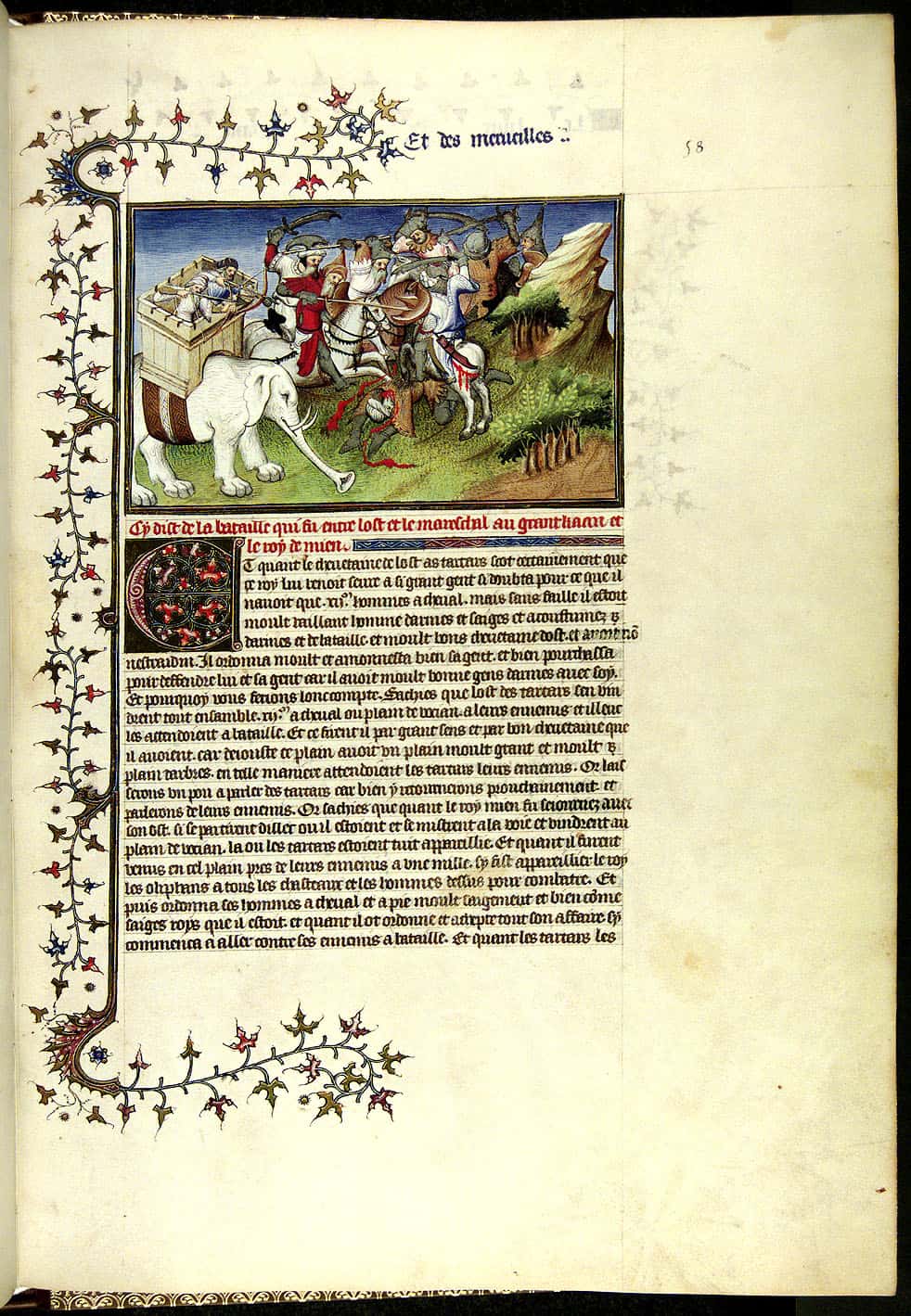
Marco Polo’s travelogue, “The Travels of Marco Polo,” recounts his journey through Asia during the 13th century. This fascinating narrative details the landscapes, cultures, and political climates he encountered. Polo’s descriptions of the wealth and diversity of the East captivated the Western world. Published in the late 13th century, this book offered Europeans their first comprehensive look at the lands beyond their borders. Polo’s vivid accounts influenced explorers and traders for centuries. His work bridged East and West, fostering a greater understanding of global cultures.
The Imitation of Christ by Thomas à Kempis
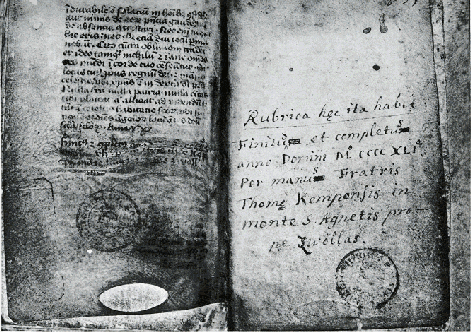
“The Imitation of Christ,” written by Thomas à Kempis in the early 15th century, is a Christian devotional text. It emphasizes inner spirituality and the importance of imitating Christ’s life. The book is divided into four books, each focusing on different aspects of spiritual growth. Originating from a monastic community in Germany, this text became one of the most influential Christian works. Its teachings on humility, piety, and the transient nature of worldly things resonate deeply with readers.
The Consolation of Philosophy by Boethius
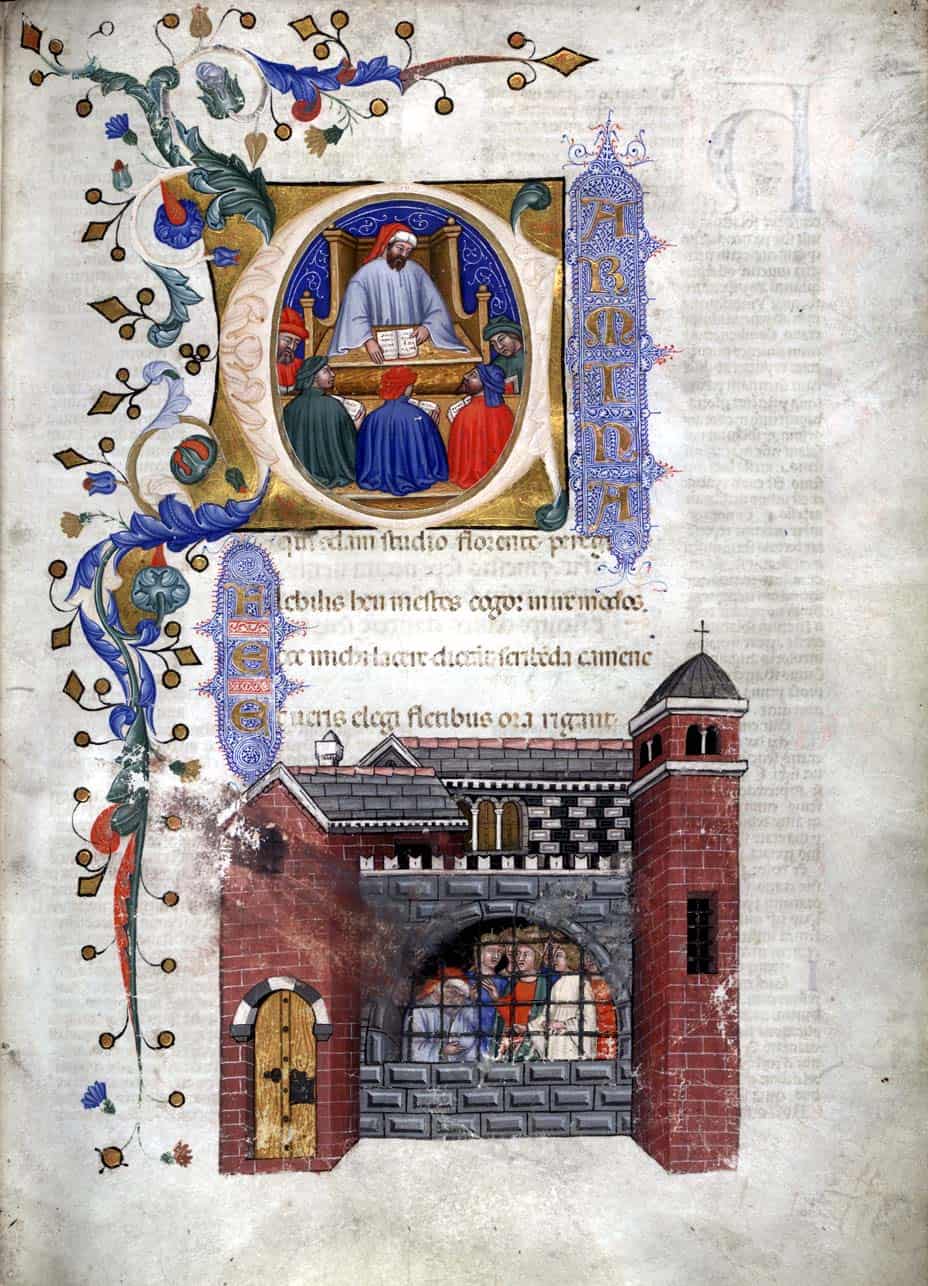
Boethius’ “The Consolation of Philosophy” was penned in the 6th century while he was imprisoned. The work is a dialogue between Boethius and Lady Philosophy, exploring topics like fortune, happiness, and the nature of God. It blends Christian and classical philosophical thought. This book emerged from a dark period in Boethius’ life, yet it offers profound insights into the human condition. Its influence extended through the Middle Ages and Renaissance, informing theological and philosophical discussions.
The Muqaddimah by Ibn Khaldun
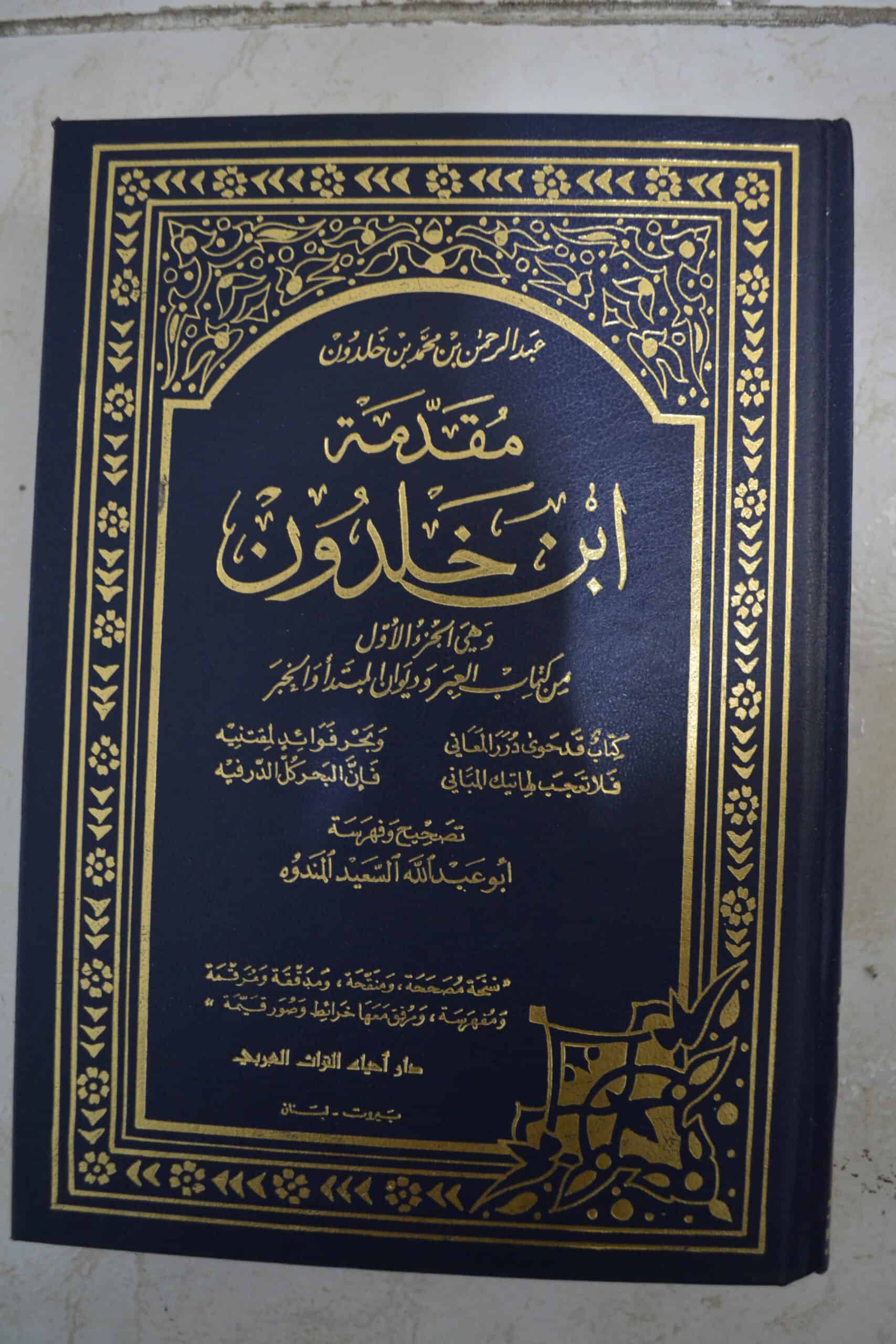
Ibn Khaldun’s “The Muqaddimah,” written in the 14th century, is a groundbreaking work of historiography. It covers various topics, including sociology, economics, and political theory. Khaldun’s introduction to history examines the rise and fall of civilizations. Originating from the Islamic world, this text laid the foundation for modern social sciences. Khaldun’s analysis of social dynamics and historical cycles was ahead of its time. His work remains a crucial reference for historians and sociologists alike.
The Rubaiyat of Omar Khayyam by Omar Khayyam
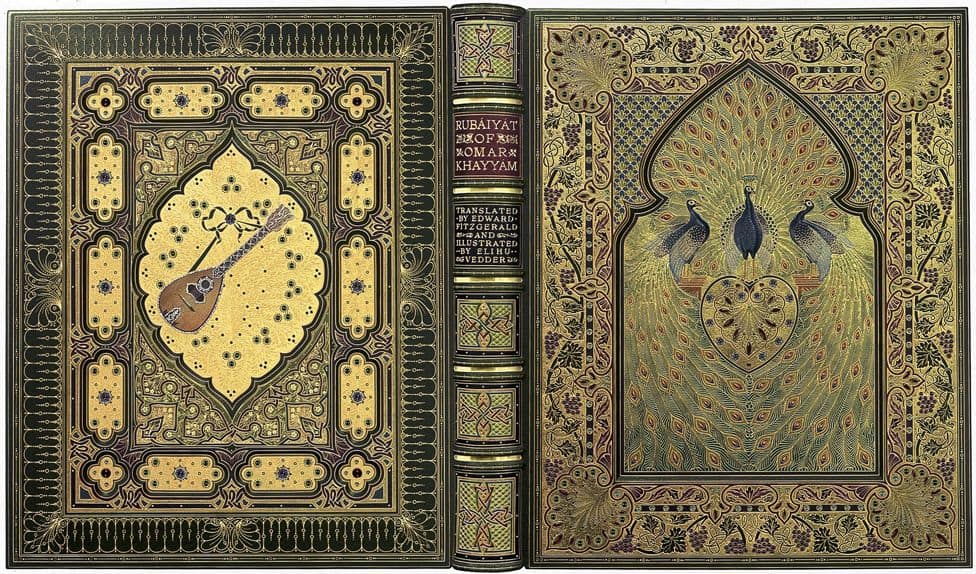
“The Rubaiyat of Omar Khayyam” is a collection of quatrains attributed to the Persian poet Omar Khayyam. Written in the 11th century, these verses explore themes of love, nature, and the ephemeral nature of life. The poems are celebrated for their beauty and philosophical depth. This collection gained fame in the West through Edward FitzGerald’s 19th-century translation. Khayyam’s musings on fate and existence captivated readers worldwide.
The Satyricon by Petronius
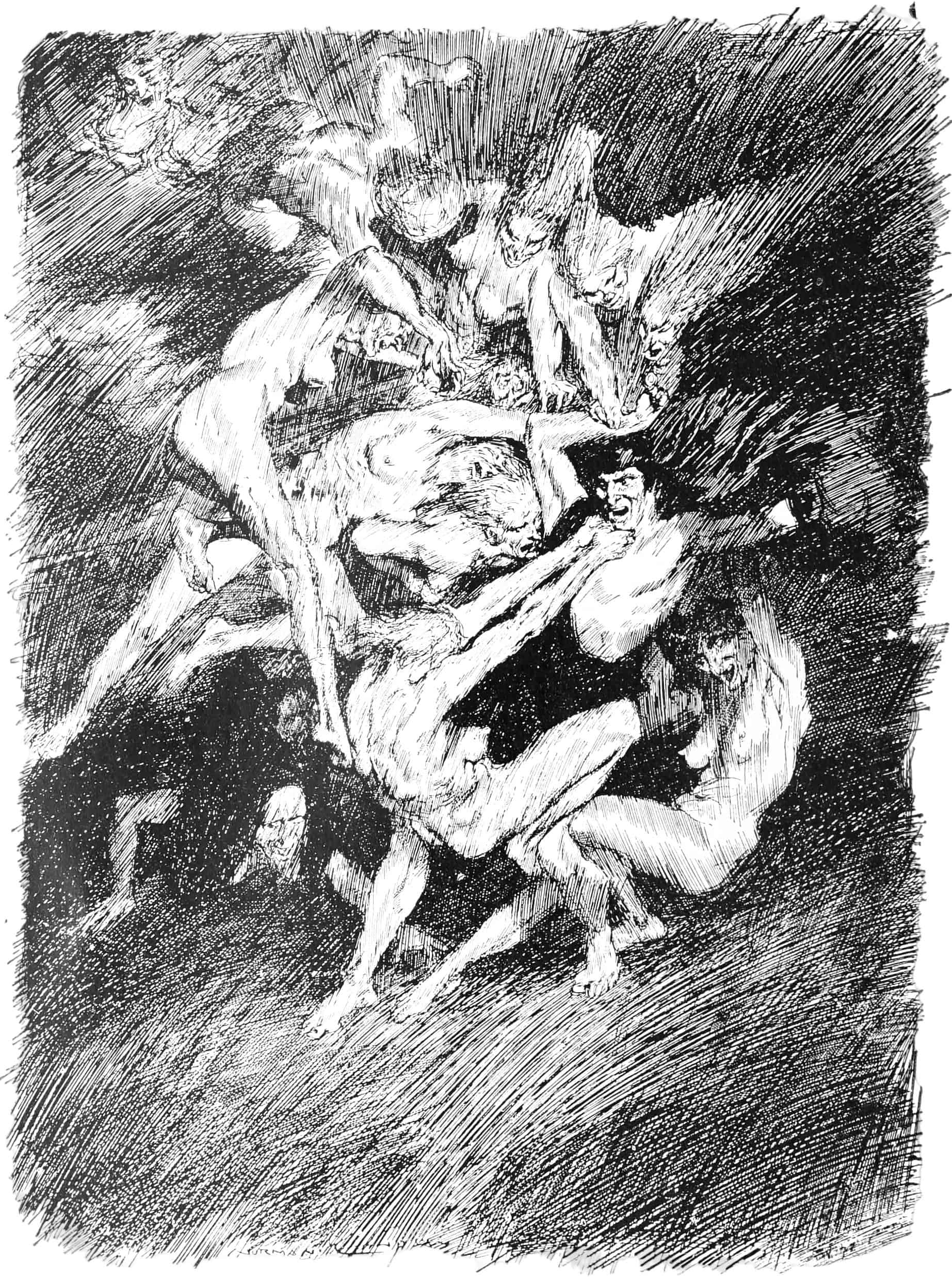
Petronius’ “The Satyricon” is a Latin novel from the 1st century AD, known for its satirical and comedic elements. It follows the adventures of Encolpius and his companions as they navigate the decadent Roman society. The novel provides a unique glimpse into the culture and customs of ancient Rome. Originating from the Roman Empire, this work blends humor, drama, and social commentary. Its fragmented narrative style was innovative for its time. Despite its incomplete state, “The Satyricon” offers valuable insights into Roman life and literature.
The Dream of the Red Chamber by Cao Xueqin
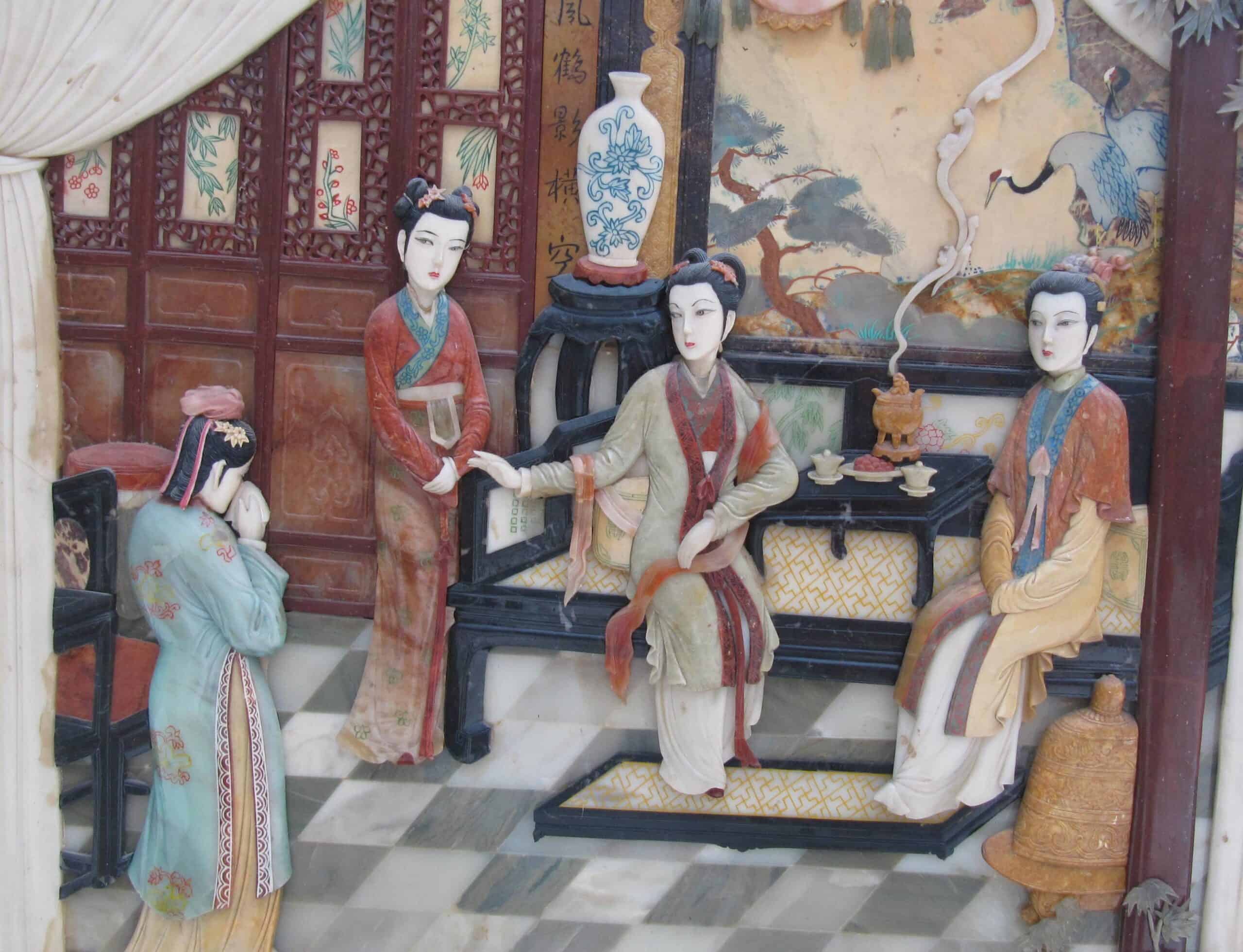
“The Dream of the Red Chamber,” written by Cao Xueqin in the 18th century, is one of China’s greatest classical novels. It details the decline of the noble Jia family, interwoven with themes of love, power, and fate. The novel is renowned for its detailed depiction of Chinese society. This masterpiece emerged from the Qing Dynasty, reflecting the author’s personal experiences and observations. Its rich character development and intricate plot have made it a cornerstone of Chinese literature. The novel’s influence on Chinese culture and art is profound and enduring.
This article originally appeared on Rarest.org.
More from Rarest.org
1972 Washington Quarter Value Guide
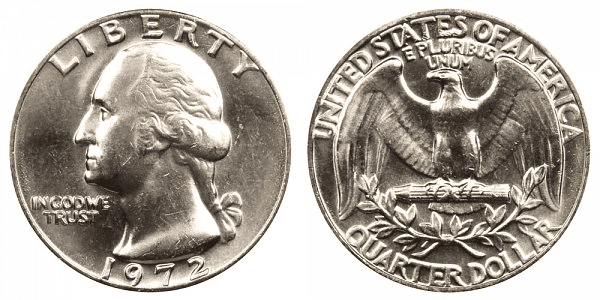
While earlier examples of Washington Quarters have a silver content, from 1968 onwards, quarters featured a 25% Nickel cladding with a 75% Copper center. Read More.
19 Rare and Mysterious Deep-Sea Creatures

Discovering the rare and unusual antelope species of the world is a journey into the unique diversity of wildlife. Read More.
8 Unique Vintage Toy Cars

Vintage toy cars are more than just playthings. They capture the imagination and history of automotive design. Read More.
